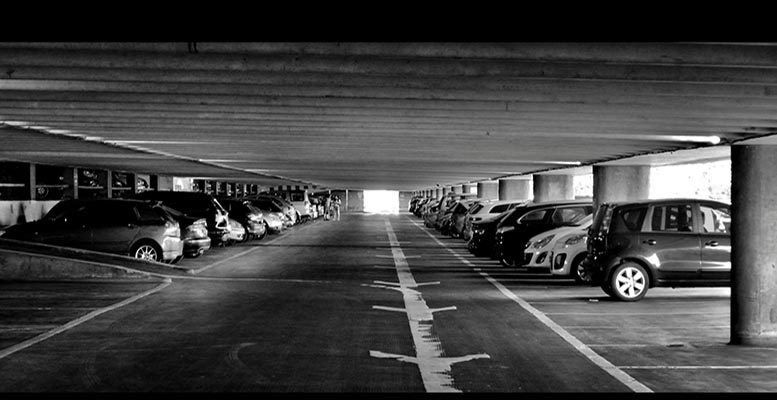Bank of America | We think that the next decade in Autos will be all about electrification (global CO2 targets), slower car sales growth, mobility services and a greater focus on cost reforms (material costs, capacity rationalization & personnel costs). Following two years of declining global car sales, we think 2020 could see flat growth. However, we do not believe that this will be enough to offset cost pressures in an industry burdened by high fixed costs (labour) and rising regulatory charges (CO2).
While our Chinese team expects sales in 2020 at +3.3%, our US team is very cautious on the US cycle (with a >5% decline each of the next years) as we forecast -1% in W. Europe. Further, while regulatory burdens are significant, we also expect the climate debate to continue to put pressure on the entire road transportation sector (16.5% of global CO2). While 2020/21 targets look achievable for EU OEMs, in our view, the challenges will not go away as we move to tougher targets in 2025/30. We expect EV penetration to reach 50% in Europe by 2030 and think players that embrace this trend (VW) are best prepared.
Debate #1: The global market is no longer growing strongly – we think it is the new normal
We expect the global market to be showing flat growth in 2020 vs 2019 despite weakness in demand in 2019 (-4.1%). The main reasons for this cautious outlook are the rolling US market (with a >5% decline each of the next years) and a weak Europe (-1.0%), which are offset by some growth in China again (+3.3%). Overall, we expect the Chinese premium market to continue to outperform the mass market as stimulus measures announced in H2 ’19 favour premium car sales, which should benefit premium OEMs, sales of which have held up well in 2019. Globally, we also expect premium volumes to continue to grow faster than the mass market.
Debate #2: OEMs need to meet new emission targets – will all the EVs sell?
European OEMs have clearly ambitious plans for electric vehicle (EV) sales in 2020, given these are a core component for CO2 compliance for names such as Volkswagen, while BMW focus more closely on plug-in hybrids (PHEVs) and Daimler focus on a balance of both. Our Global Mobility survey (note) suggests clear demand for these vehicles as >10% of consumers would buy an EV as their next vehicle, compared with a required adoption of 5-8% (2021) for meeting CO2 requirements, according to our estimates. Further, EV incentives are clearly stepping up with an increase in Germany (by around 50%), and Italy now also offering EV incentives, although on a limited scale. In addition, the greater focus on environmental, social and governance factor both by Auto OEMs as well as corporate customers will put energy-efficient vehicles in the spotlight. That said, margins will clearly be under pressure from EV sales, but we believe that this is now partially reflected in consensus.
Debate #3: The industry has a cost problem – both labour and emission > M&A a solution?
The low margin performance across OEMs and suppliers has shown again that the industry has a cost problem, in our view. Daimler highlighted at its CMD that both fixed and variable costs are too high and need to be addressed. Those structurally too-high costs, combined with incremental CO2 compliance costs, continue to put pressure on margins for OEMs, which then seek to pass costs onto suppliers. Although we think that some emission costs around PHEV & EVs can be passed onto consumers (due to lower TCO for buyers), it will be challenging when every OEM is trying to do the same and could actually decrease demand if prices rise too fast. As a solution to the cost issues, we have already seen M&A stepping up in the OEMs (PSA-FCA merger), which currently mainly focuses on purchasing synergies, putting further pressure on suppliers.
Debate #4: More supplier margin pressure from cost savings programmes by OEMs
In light of weaker demand, cost-saving programmes and potential M&A by OEMs, cost pressures are being increasingly passed down the supply chain to suppliers. This is exacerbated by the fact that it is politically very hard for OEMs to cut headcount as part of deals (PSA-FCA aims for €3.7bn in synergies without plant closures) so they instead focus on purchasing. Although additional content for electrification should support supplier revenues, we expect OEMs to save on more ‘traditional’ content contracts, meaning higher volume in new business will be offset by much lower margins in existing ones. At the same time suppliers have re-rated significantly on large cons downgrades, which we think is unjustified (Chart 39).

Debate #5: External risk overhang – has Brexit and US-EU tariff issue been resolved or just delayed?
Although neither a hard Brexit nor US-EU tariffs have materialised in Q4 2019, we do not think the risks have completely gone, as the UK could still leave Europe without a trade deal at the end of 2020, assuming an agreement to leave is signed by 31 January. Cleary this risk has simply shifted and will suppress confidence to invest in the UK. In addition, Trump let the deadline for US import tariffs for EU cars pass (mid-November), but could take up this issue again next year as he is fighting for his re-election in November 2020. We reiterate the risks if those factors turn out to materialise.





